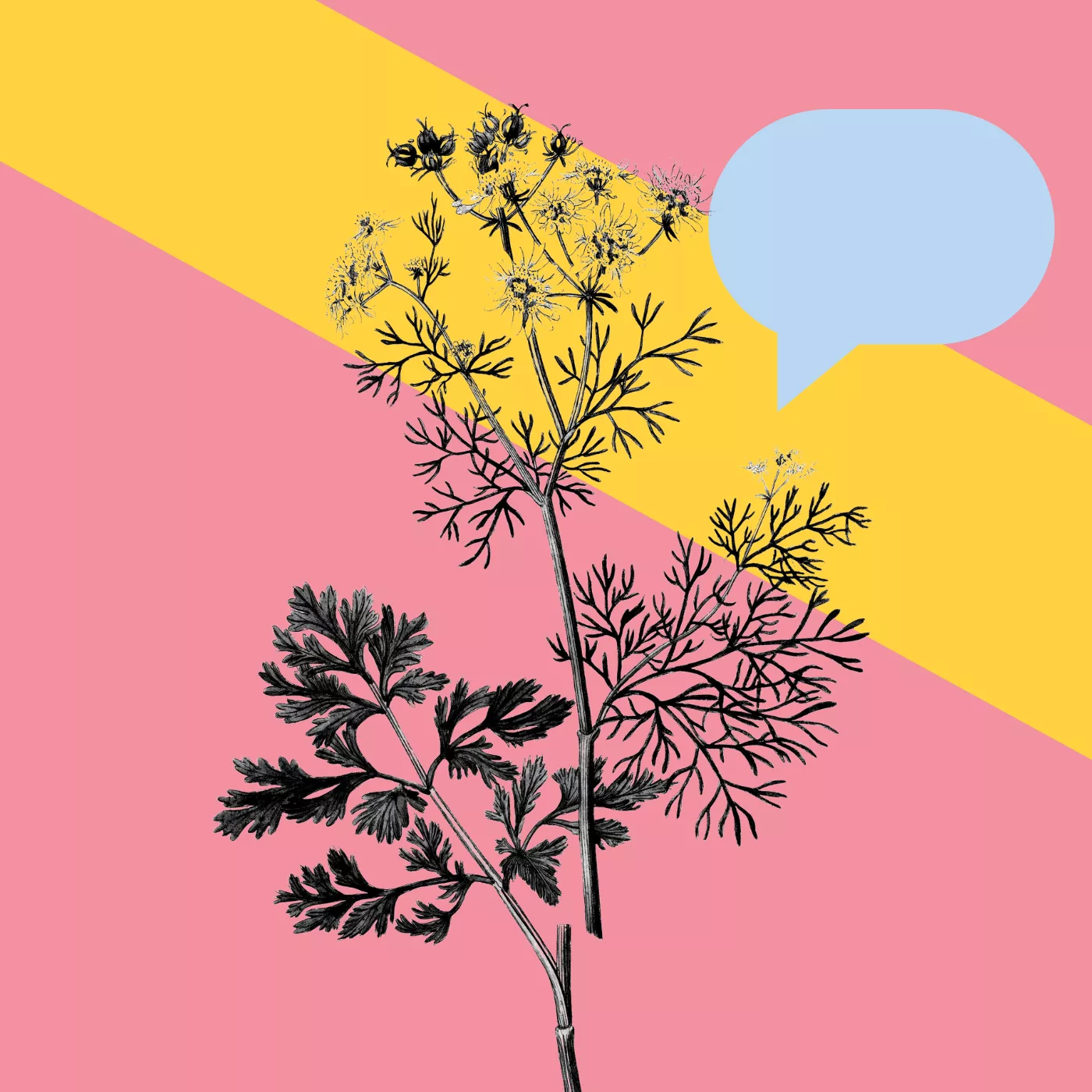Creative Identity
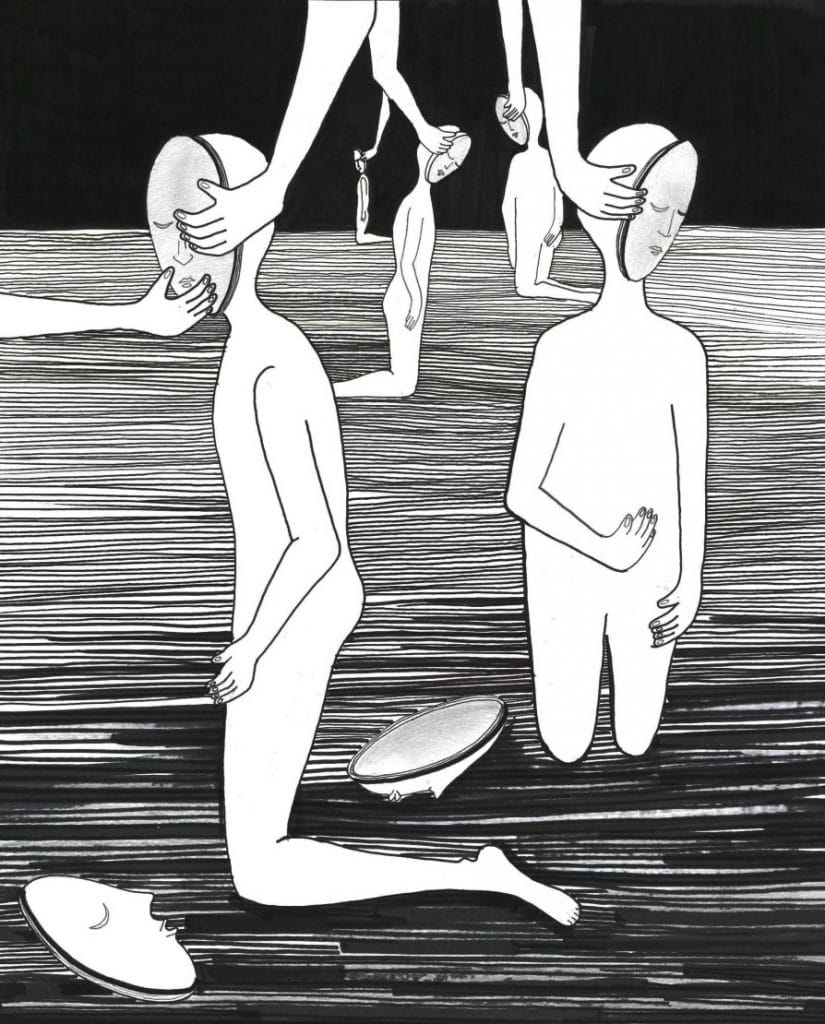
Mulling over what to share with your audience can be stressful. Don’t be afraid to showcase a variety of work (and have fun whilst doing so)! Avoid getting caught up with perfecting your Instagram grid – focus on what you like making/posting and let your images unfold organically.
Adopting this approach will allow for a more stress-free process, however, be mindful of incorporating too many genres within one page. If you cover a broad range of mediums in your practice, try to categorise them accordingly. This doesn’t mean limiting yourself; just bear in mind that homing in on what you love creating will often reap the most rewards and boost your commercial appeal.
Monetise
Your social media channels can act as your CV. Take the opportunity to market your other services within your feed. If you supplement your income through teaching, workshops or coaching, share this information with your audience. It may not appeal to everyone, but you can rely on social tools to target specific individuals.
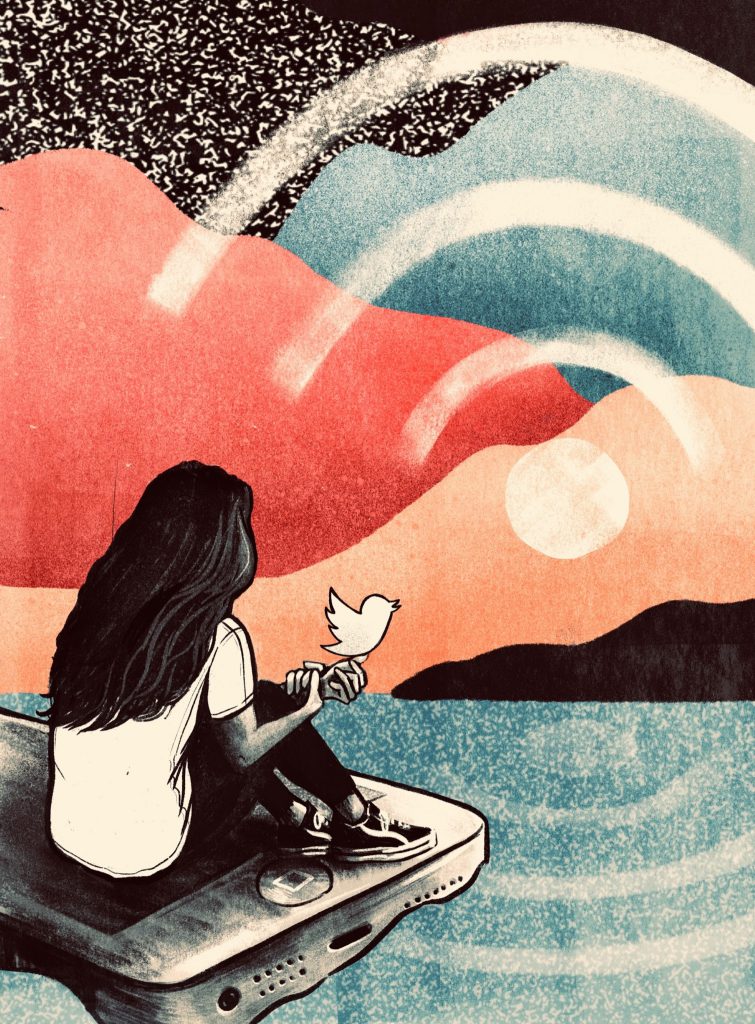
Be Contactable
Accessible contact details is a small factor with big implications. Providing no details (or putting them in an obscure place) means the likelihood of interaction lessens. Without an obvious means of contact, you’re limiting your communication prospects from potential business leads and insightful community feedback. This is easily salvageable, just pop your preferred method of contact in your bio or contact page, depending on which social platforms you utilise. It is also worth reviewing old accounts to make sure that all of your details are up to date.
All Work and No Play
In order to retain a demeanour of professionalism, keep your personal and work accounts separate. Think of your page as an extension of your online portfolio; clients want to browse your newest work, progress and sources of inspiration, not your latest night out. Having separate accounts also has the additional benefit of allowing you to switch off from work and focus on other aspects of your day-to-day.
Be Yourself
With so much brilliant content out there, it’s easy to feel you must mimic others’ strategies. Allow others to be a source of influence, not define your process – (this only piles on the pressure and will not demonstrate your authenticity).
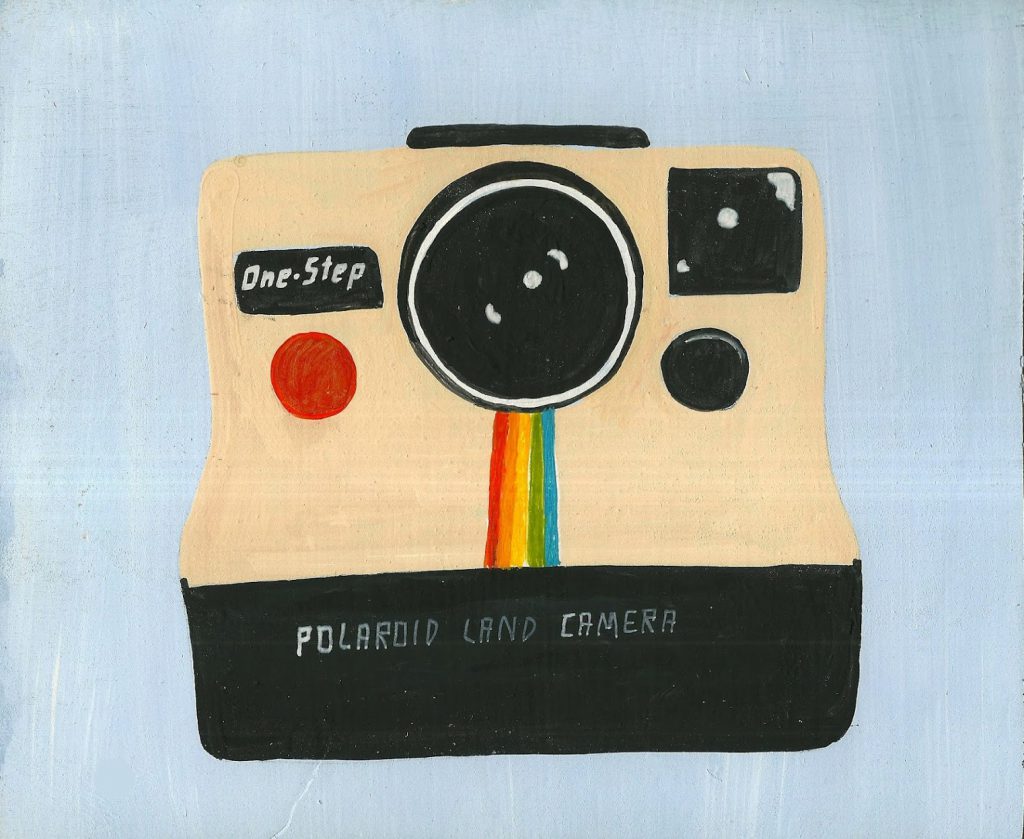
Explore Alternatives
There are other social platforms outside of Facebook, Twitter and Instagram. If you are struggling to engage with your current audience, consider sharing your work in more focused spaces. Find out what works best for you so that you can concentrate on a couple of platforms rather than spread yourself too thinly.
Pinterest – a venue for inspiration and a means of presenting your art to a new audience
Vimeo – provides creators with tools and technology to host, distribute and monetise videos
Behance – platform to showcase and discover creative work
Dribble – a resource to discover and connect with designers worldwide
DeviantArt – social community for artists and art enthusiasts
500px – a global network for photographers
Are.na – a space to save content, create collections and share ideas
Online Community
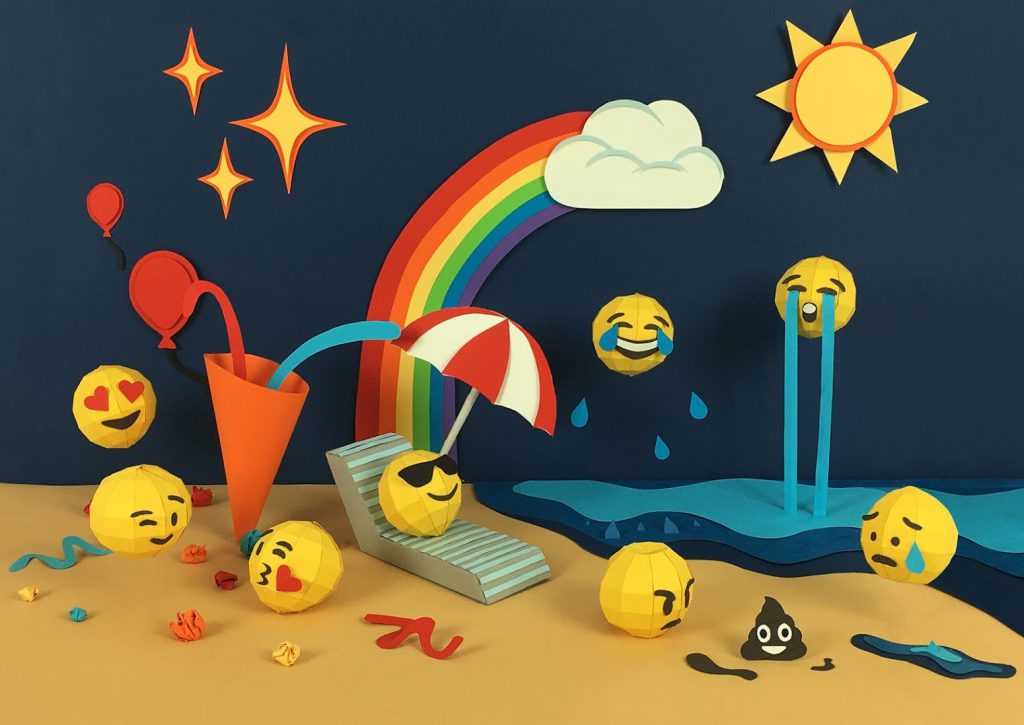
Your online network can prove highly valuable. Aligning yourself with relevant communities can be beneficial in building connections with creatives whose work you admire. Interacting with other individuals may lead to the discovery of other like-minded people as a source of inspiration, feedback and common ground. When you become involved with venues in which artists communicate with one another, you can begin using these platforms as a space to rediscover your motivation, rather than as a means of validation. Abolishing the mindset that you must post work to feed the algorithms will be far more beneficial to you in the long run and is a healthier way to consider social media.
Finding the Balance
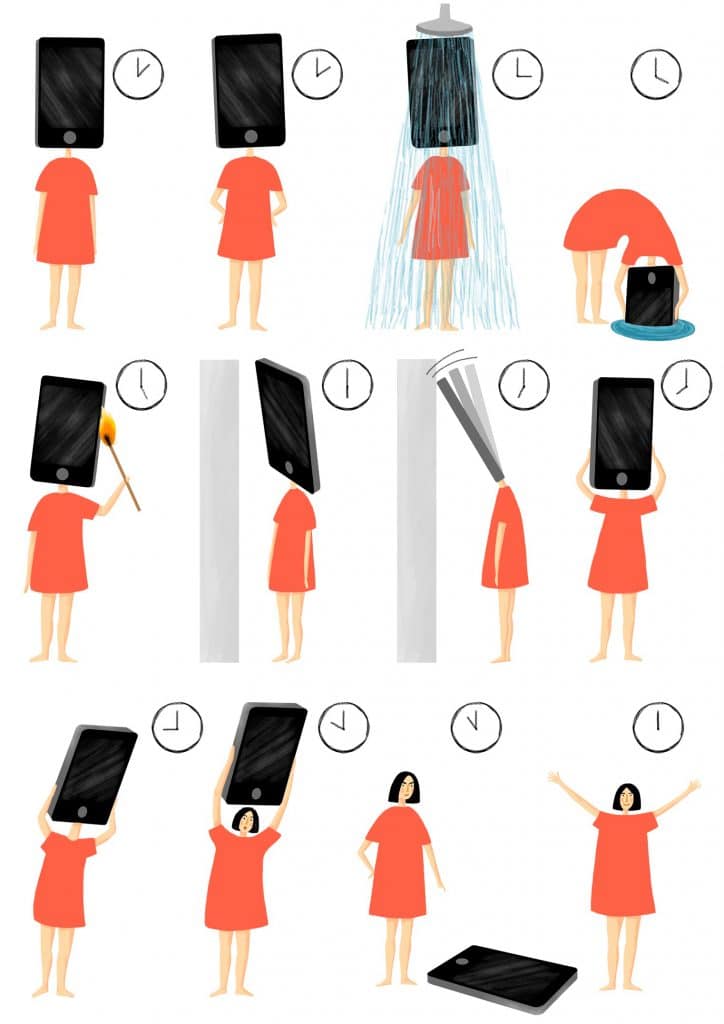
Trend Temptations
Remember that the amount of likes you have on a post does not determine your works quality. The most important feedback is that from your client or those who work directly with you. Avoid comparing your following to others in your industry, it is demotivating and will only stunt your creative growth.
Switch Off
Lastly, (and most importantly) take the time to switch off! Here’s a few tips to ensure you have time away from social media.
- Set yourself an App Limit time on your social channels so that you don’t end up spending too much time mindlessly scrolling.
- Turn off your notifications at the end of your working day so that you do not feel pressured to check in.
- If you frequently post content, try automated platforms such as Buffer. This way you can schedule posts in advance, giving you a few days off here and there.
- Limit yourself to two channels. There is no point spreading yourself across six social channels. Experiment and find the two that work best for you.
Want us to write more content like this? Give it a like
Share






